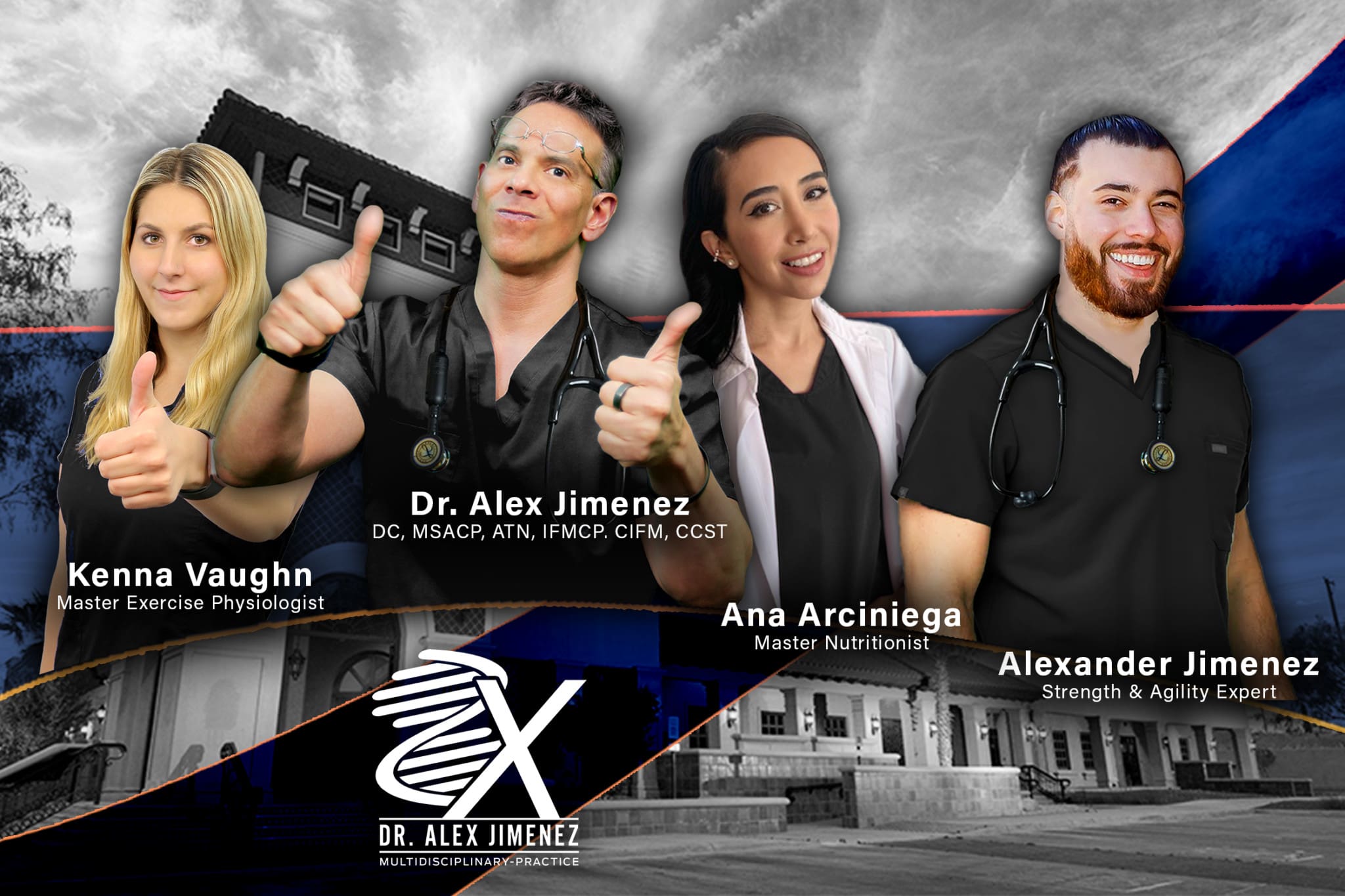Trending
- Auto Accident Relief Strategies for Herniated Discs & Sciatica
- Musician Injury Recovery
- Chiropractic Care for Health & Improve Muscle Imbalance
- Chiropractic Enhances Driver Comfort and Reduces Pain
- Stretching & Flexibility: Key Benefits Explained for Joint Pain
- Chiropractic Stress Relief Solutions and Wellness Programs
- Chiropractic Enhances Athletic Performance for All Athletes
- Best Exercises for Seniors in Integrative Chiropractic Care
- Functional Fitness Wellness for Detoxification Success
- Integrative Sciatic Nerve Rehab for Pain Relief
Electroacupuncture Care
Acupuncture uses thin needles to stimulate specific points to relieve pain and other health problems symptoms. Electroacupuncture involves traditional needle insertion, then a small electrode is attached to the needle/s. The electrode sends a gentle electrical vibration that stimulates the energy. Electroacupuncture is believed to help increase blood flow and regulate energy circulation, which can help relieve pain and potential blockages.
It is soothing, providing a soft vibration and fluid treatment. The electrode takes over for the acupuncturist’s hand, moving the needle to activate the point/s. This helps prevent the acupuncturist from getting tired and ensures that the individual receives optimal stimulation. Electroacupuncture treatments tend to be shorter than traditional treatments because of the continued and stronger electrical stimulation. Conditions that electroacupuncture can treat include:
Sports Injuries
Muscle spasms
Chronic pain
Nerve injuries
Stress
Arthritis
Obesity
Hormonal imbalances
Digestive issues like constipation or diarrhea
Neurological conditions
A unique advantage of electro-acupuncture is its ability to simulate larger areas and increase the intensity of the signals sent through the needles to optimize communication.

